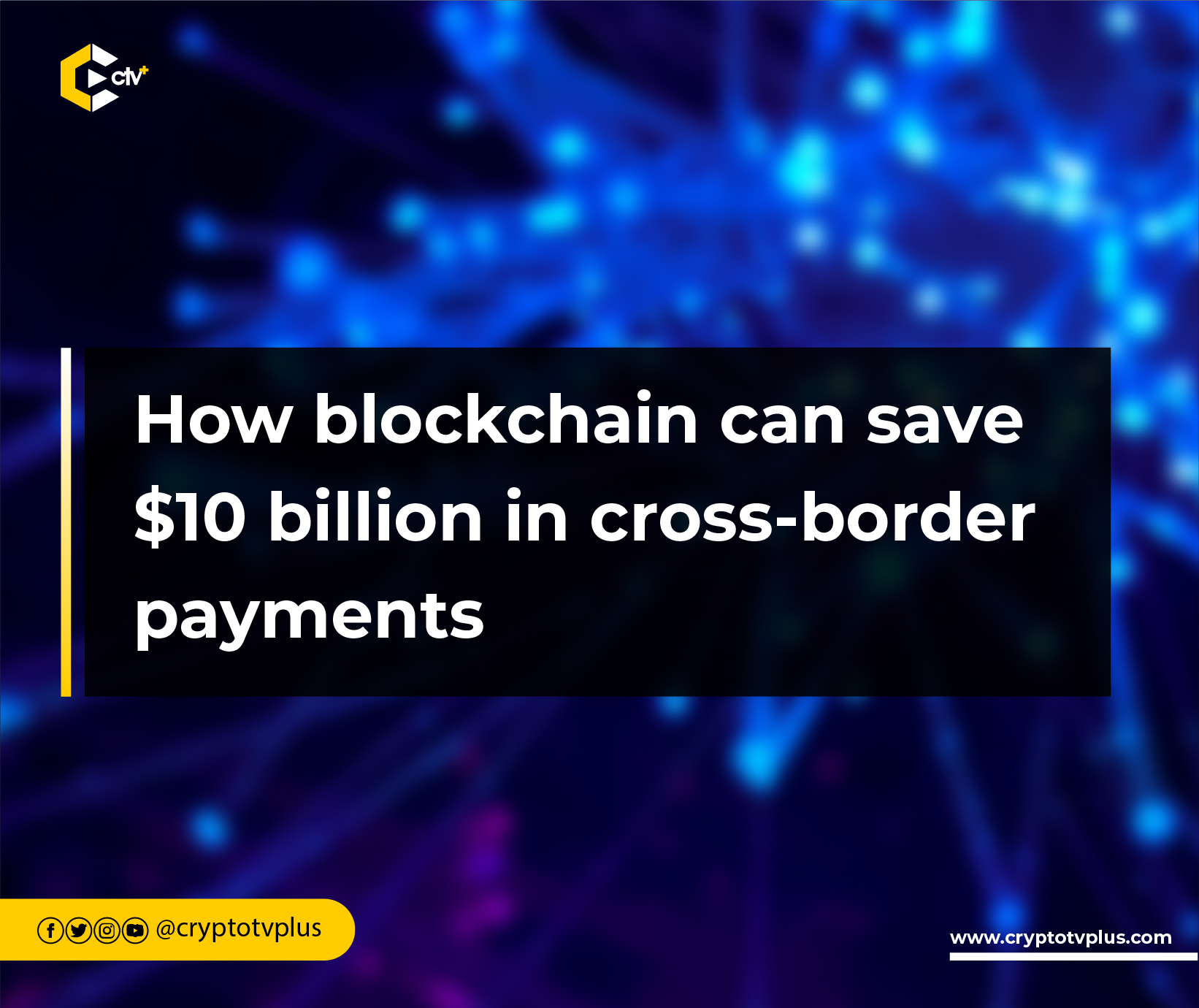FEATURED
How blockchain can save $10B in cross-border payments – Report

An international payment, also known as a cross-border payment or foreign exchange payment, facilitates the movement of funds between different countries. It’s a critical component of global trade, remittances, and international financial operations.
According to a recent Ripple report, the execution of these transactions incurs a staggering $10 billion in costs annually. This significant expense presents a pressing concern for institutions seeking to streamline and accelerate cross-border payments on behalf of their users.
Ripple emphasizes that a remarkable 52% of finance leaders in enterprises have identified payment costs as the primary hurdle when navigating cross-border transactions. This highlights the urgent need for innovative solutions that can alleviate the financial strain imposed on businesses involved in international trade.
Regional variations
Analysis of these challenges by region reveals that North America (NA), Europe, the Middle East, and Africa (EMEA), and the Asia-Pacific (APAC) regions, face significant issues due to high costs associated with cross-border payments.
Conversely, regions like the Middle East and North Africa (MENA) and Latin America (LATAM) face the challenge of high-interest rates, which exacerbate their difficulties with cross-border payments.
In MENA and LATAM, recent economic struggles have led to soaring inflation rates, making this predicament particularly challenging. To survive and keep being in business, payment service providers in these areas must be highly conscious of these challenges and seek solutions to mitigate them.
The ripple effect of high interest rates
Ripple said that traditional cross-border payments are often entangled in complications arising from currency conversions and the volatility of exchange rates. High interest rates further exacerbate these issues, leading to unpredictable costs for businesses.
“This FX exposure can result in banks charging enterprise customers with new or higher fees to compensate for increased transaction costs incurred by the higher interest rates,” Ripple said.
Other effects of high interest rates are reduced liquidity where there is scarcity of credit and a reduction in overall liquidity in the financial system; and high cost of borrowing, which affects businesses making it more expensive to finance cross-border transactions.
Crypto and blockchain as solutions
To solve this cross-border payment challenge, Ripple noted that there is a growing awareness among global payments leaders of the potential solutions offered by cryptocurrency and blockchain technology.
Surveying payments and treasury professionals at financial institutions and enterprises worldwide, the report revealed a consensus that cryptocurrency can help address various payment-related pain points.
Although the precise challenges differ, most financial institutions and businesses are optimistic that cryptocurrency can address these problems, providing a glimpse of a more efficient and cost-effective future for cross-border payments.
Tools such as stablecoins have provided a real-world solution for cross-border high fees. A customer of PayPal can send $100 using PYUSD from the US to Bangladesh with a fee that’s less than $2 and arrival of funds in less than 24 hours.
Read also; New report shows global finance leaders confidence in crypto, digital assets, and blockchain
























